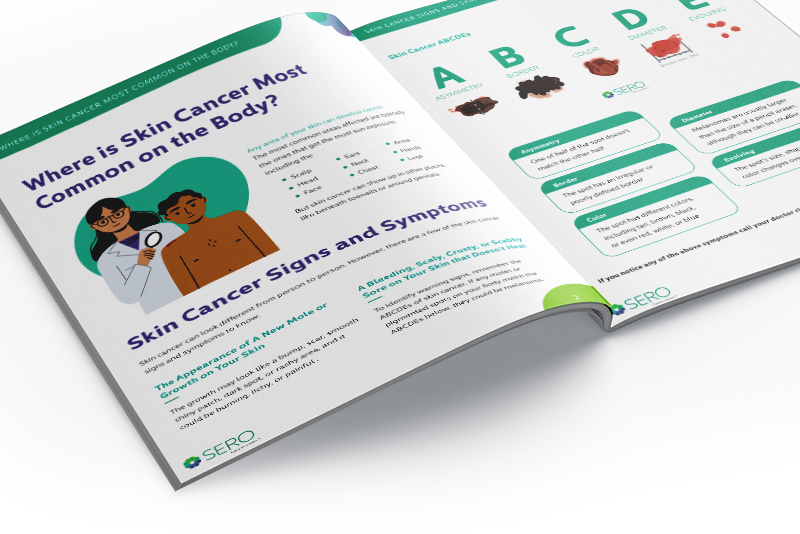Squamous cell carcinoma (SCC) is a type of skin cancer characterized by the uncontrolled growth of damaged or mutated squamous cells.
The second most common form of skin cancer, squamous cell carcinoma accounts for 700,000 new cases each year in the US alone. While rarely life-threatening when caught early and treated appropriately, SCC is more dangerous than basal cell carcinoma, a more common form of skin caner—it is estimated that between 4,000 and 8,000 Americans died from squamous cell carcinoma in 2012.
Squamous cell carcinomas are lesions or tumors that form in skin’s squamous cells. SCCs most commonly form on areas of the body that are frequently exposed to the sun over long periods of time, such as the ears, face, scalp, neck, hands, arms and legs, but may also appear anywhere on the body, including mucous membranes, lips, and genitals.
Like all forms of cancer, squamous cell carcinoma is the result of damage to the DNA of the cell that cause them to reproduce rapidly and uncontrollably. This process of how cancerous cells form begins with genetic mutations that disable normal growth controls. If SCCs are left untreated for too long, they may grow into underlying tissue and bone, leading to significant disfigurement. While SCCs rarely spread beyond the skin, it is possible, an event which could become life-threatening.


